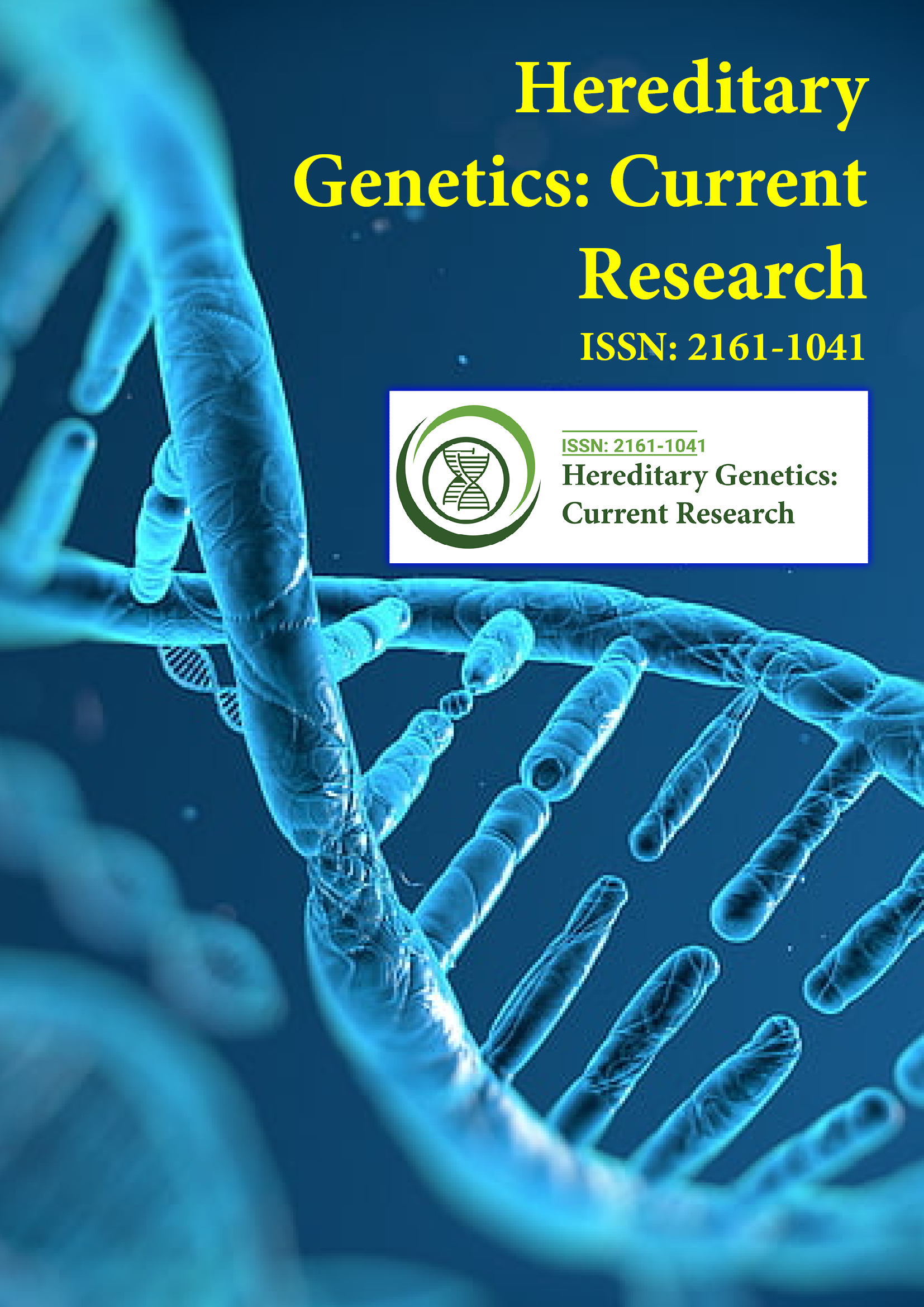indexado en
- Abrir puerta J
- Genamics JournalSeek
- CiteFactor
- Búsqueda de referencia
- Universidad Hamdard
- EBSCO AZ
- NSD - Centro Noruego de Datos de Investigación
- OCLC-WorldCat
- Publón
- Fundación de Ginebra para la Educación e Investigación Médica
- pub europeo
- Google Académico
Enlaces útiles
Comparte esta página
Folleto de diario

Revistas de acceso abierto
- Administración de Empresas
- Agricultura y Acuicultura
- Alimentación y Nutrición
- Bioinformática y Biología de Sistemas
- Bioquímica
- Ciencia de los Materiales
- Ciencia general
- Ciencias Ambientales
- Ciencias Clínicas
- Ciencias farmacéuticas
- Ciencias Médicas
- Ciencias Veterinarias
- Enfermería y Cuidado de la Salud
- Genética y Biología Molecular
- Ingeniería
- Inmunología y Microbiología
- Neurociencia y Psicología
- Química
Abstracto
Agregación familiar de hipercolesterolemia en la población pakistaní
Fauzia Imtiaz y Ahsan A. Vahidy
Objetivos: Estimar la agregación familiar de hipercolesterolemia entre la población paquistaní que vive en el área metropolitana de Karachi.
Métodos: El presente estudio se realizó durante el período de 2007 a 2009 en la muestra de población de Karachi, Pakistán. En el presente estudio, se estudiaron 478 miembros de la familia (rango de edad de 20 a 65 años), de diez probandos hipercolesterolémicos (nivel de colesterol > 300 mg/dl) y se estimó su nivel de colesterol sérico para ver la agregación familiar de la enfermedad. También se realizó el examen clínico para ver la presencia de xantemas tandinosos, xantelesma, arco corneal y poliartritis.
Resultados: La correlación padre-hijo y la heredabilidad se calcularon utilizando el paquete estadístico para ciencias sociales (SPSS) versión 16.0. Se encontró una correlación positiva significativa del colesterol entre los padres y sus hijos (r = 0,589, p = 0,01, n = 86). La relación entre padre-hijo, padre-hija, madre-hijo y madre-hija fue altamente significativa con b = 0,794, 0,41, 0,766 y 0,56 respectivamente. Este estudio confirmó la agregación familiar del nivel de colesterol sérico en la población pakistaní y la heredabilidad se calculó como 0,438 (43,8%).
Conclusión: Se estudió la heredabilidad de la hipercolesterolemia y su presentación clínica en las familias, lo que confirmó su agregación familiar en la población paquistaní.